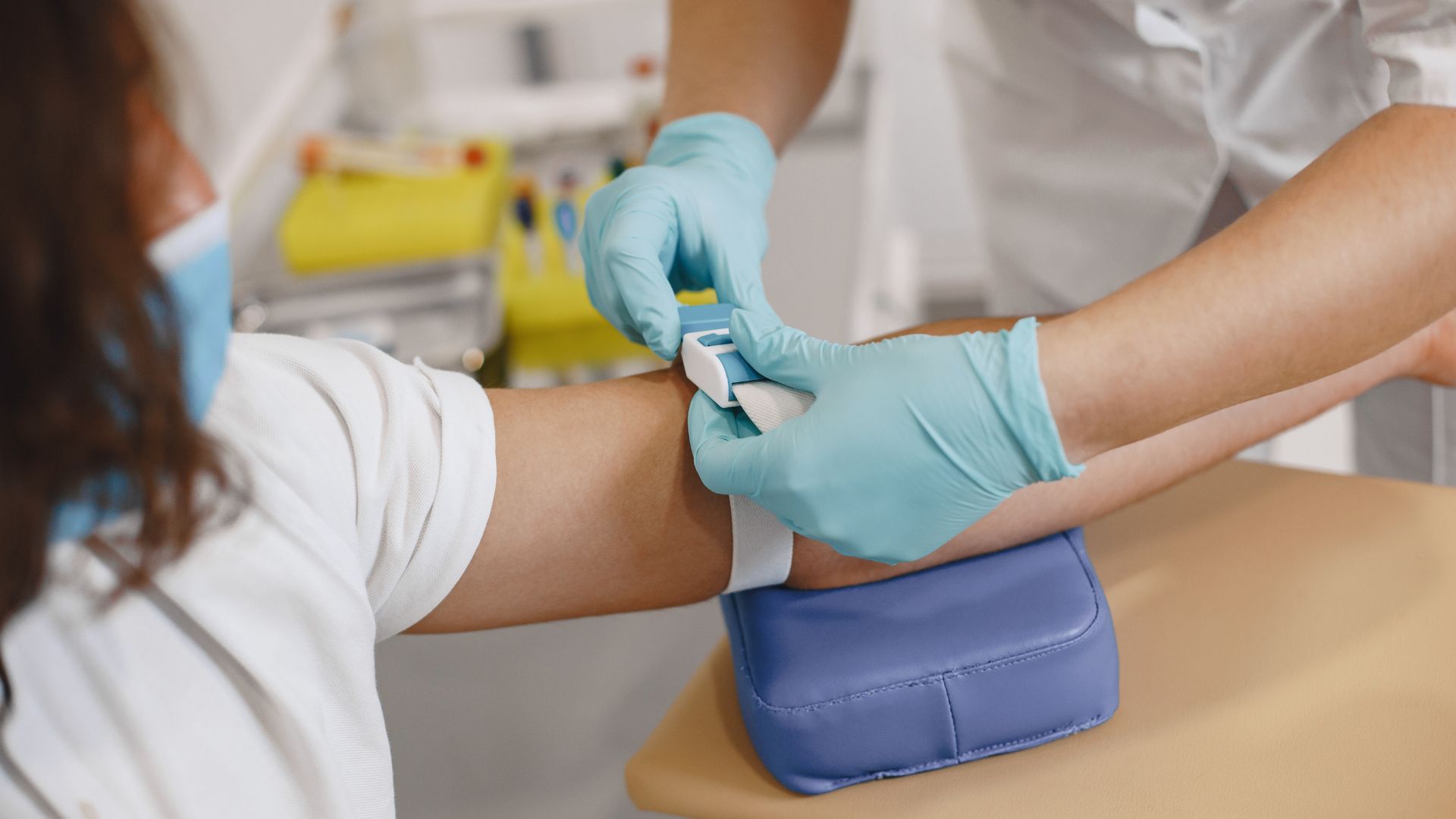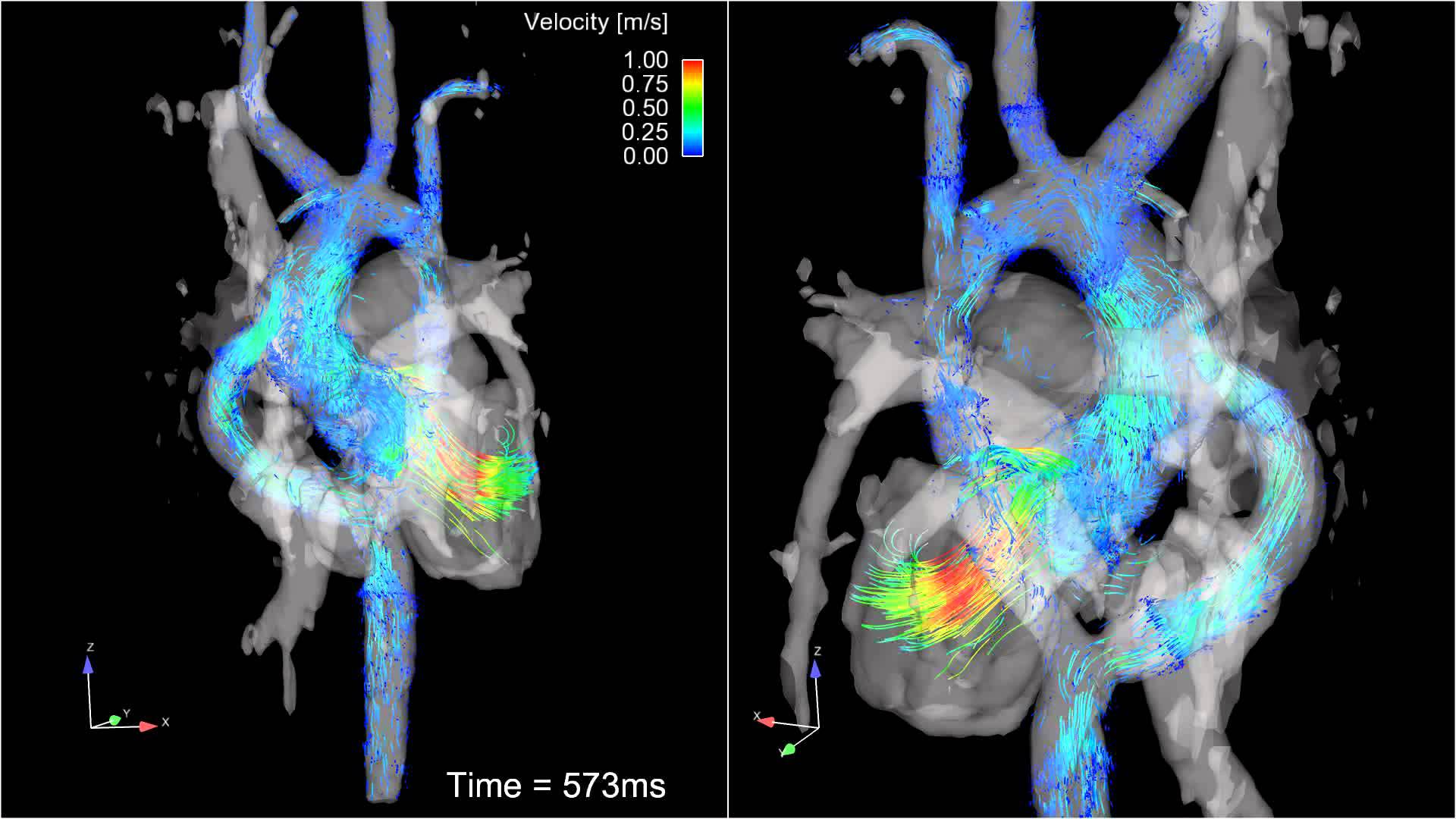Brain Surgery with full consciousness of the patient is a reality for a few years in Switzerland: this kind of intervention can remove tumors that were previously considered inoperable, and reduce the risk of possible complications.
Many of those who underwent this kind of surgery, remember their fears before it started: what if I die? Or if I suddenly don’t wake up? What if …I wake up during surgery? Fortunately, in the recent decade, this field of medicine has evolved, and the procedure for narcosis is more reliable and secure. This is very useful, as public opinion polls show that general anesthesia causes people serious concerns.
Employee of the Department of Anesthesiology at the University Hospital Center of Vaud (CHUV) and assistant professor at the University of Lausanne, Patrick Shoettker stressed in an interview with “Allez savoir” magazine that, today anesthesia was “an extremely reliable procedure.” General anesthesia general during some cases of opened surgery not only makes the patient sleep but also relaxes his muscles, so that the doctor can easily work.
Once in the operating room, all the necessary equipment is connected to the patient, what allows the anesthesiologist to monitor its condition during the surgery, and the surgeon can begin his work. While the patient is asleep … wait, what is happening here, has long been known! But what about surgery while the patient awake? Market introduction of new drugs has made it possible to perform operations that only recently seemed unimaginable.
This innovation is very convenient for surgeons in removing certain brain tumors, especially if the tumor is “found in the speech zone” – said the assistant professor. As soon as the brain surgeon excised the tumor, he asks the patient to talk, to ensure that sensitive areas are not affected. If malicious tissue is located in the motor area or zone in charge of mental activity, the doctor asks the patient to move his fingers or read. Before the surgery, the medical task is “to put to sleep nerves of the skin on the skull and administer intravenously particular drug that acts on the desired brain receptors.” This technique can be applied in other interventions when the patient is put to sleep, but he can be awakened if necessary.







